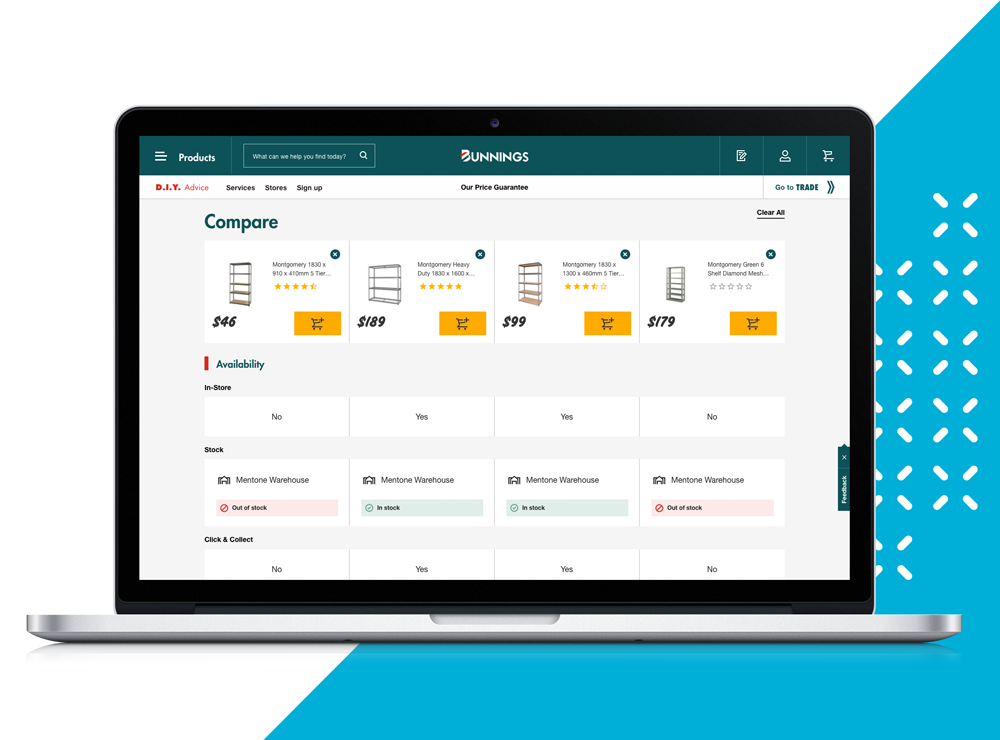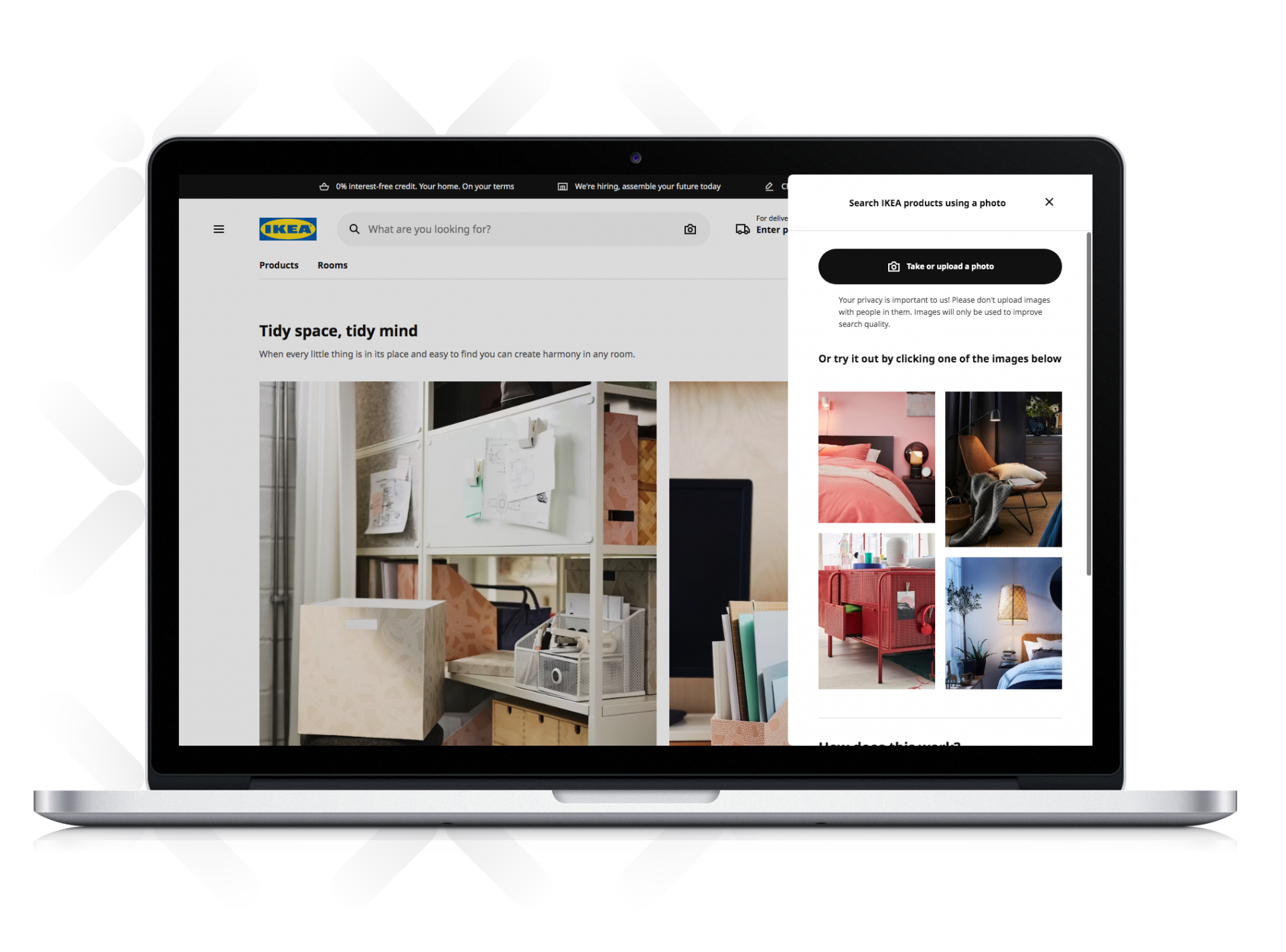CUSTOMER EXPERIENCE

UX/Web site experience

81% of brands offered users the chance to search their mobile sites via voice.
Voice search is on the rise, but there’s opportunity to add more value
One of the most exciting things about mobile devices is their ability to sense their environment. They make it easy for users to communicate by voice and by video, creating a richer and more intuitive experience. This has the power to reduce friction when finding products, and stimulate deeper conversations as customers move further down the marketing funnel. Our research showed progress in using the number one form of non-text interaction with mobile devices: voice. Over four in five (81%) brands offered users the chance to search their mobile sites via voice. This was strongest in regions where English was the primary language. Regions where English is not as dominant, like EMEA, fell behind in voice search. Fewer brands are using multimedia or interactive content to help give customers a sense of how a product will look, fit, and perform before they buy. Just over a third (34%) used content to demonstrate their product.
Techniques here included:

Live product specialists Integrating access to an audio or video session with a product specialist enables potential customers to ask more in-depth questions about a product or service. It also helps to build a stronger personal relationship with the brand, increasing the chance of a sale.

360-degree product views Companies can create 3D models of products and allow users to manipulate them directly in the browser. More recent developments have even empowered brands to build augmented reality directly into the customer experience, so that people can see how a product might look in their home.

Virtual fitting As brands become more adept at augmented reality, they can use a mobile device's video feed to virtually 'try on' an accessory or clothing item.

Demonstration videos If a picture tells a thousand words, then 30 frames per second speaks volumes. A demonstration video can help viewers visualize how they would use it and creates a stronger sense of engagement.
With two thirds of brands still not adopting product demonstration techniques online, there is plenty of headroom for innovation. In a period when fluctuating pandemic conditions have affected in-store visits, these are ideal ways to bring some of the brick-and-mortar experience to online browsing.

Product comparisons are a great way to help customers as they move to the later stages of the sales funnel. Bunnings included a product comparison function on its website that helped people to explore product features, specifications, and prices before making a final decision.



"I'll know what I want when I see it" is one of the most frustrating things for a retail assistant to hear. IKEA turned that on its head by empowering customers to search using images rather than text. Uploading a photo to the company's search engine returns a list of visually similar products.

Even the most detailed product specification page can still leave visitors with questions, especially when dealing with complex technical items like home fixtures. Build.com created a seamless way for customers to ask questions via an online product Q&A, prompts to chat with an expert live, and product comparisons.

